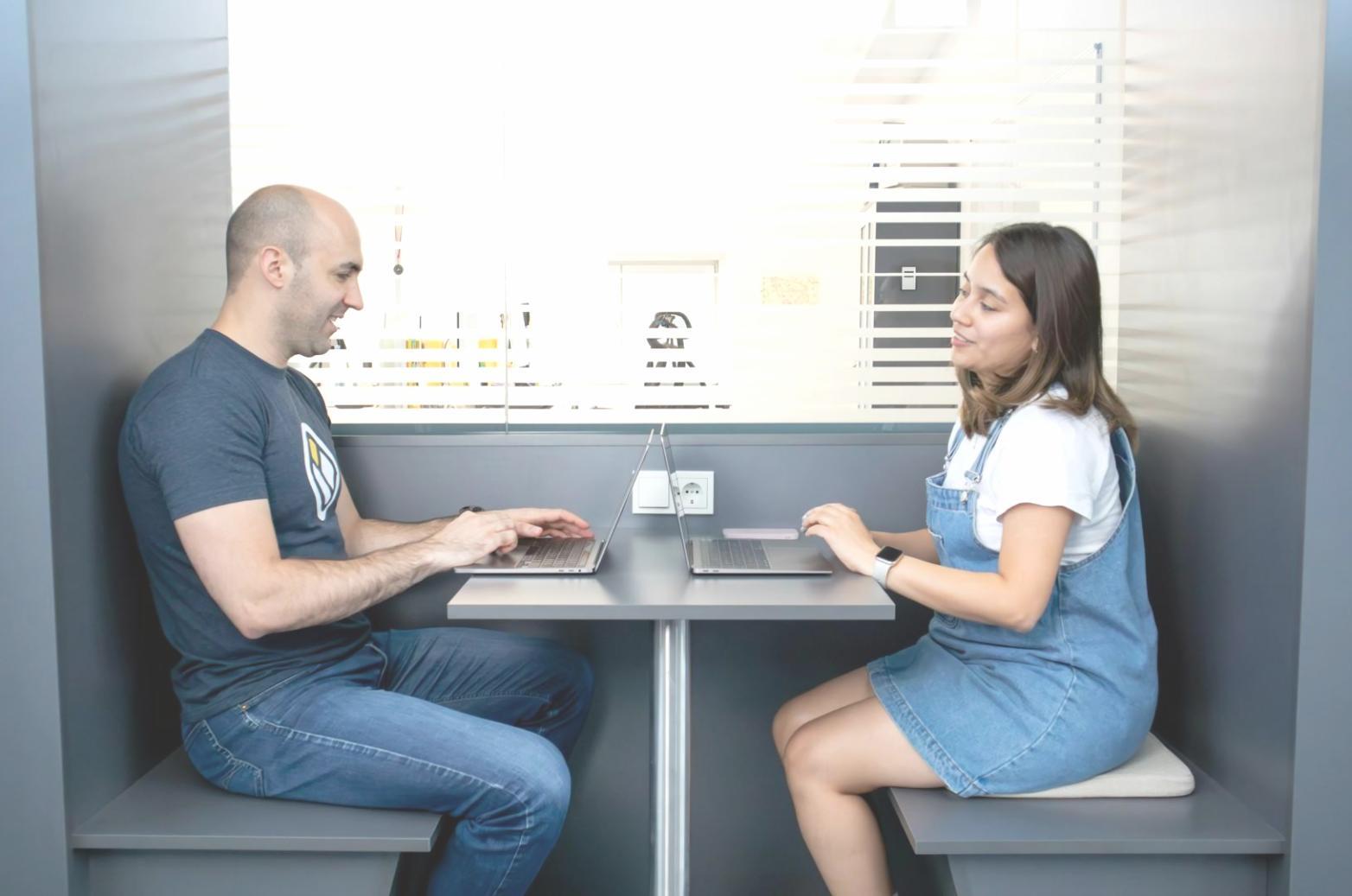Accelerated Competency Development
Our graduates achieve advanced skill levels in 60% less time than traditional programs. This isn't about rushing—it's about removing inefficiencies that slow down natural learning processes.
Professional Hair Styling Excellence
Where traditional artistry meets cutting-edge methodology—we've spent over a decade developing unique approaches that transform how professionals master hairdressing techniques

What started as a simple question—"Why do some stylists naturally excel while others struggle?"—became a fifteen-year research journey that completely changed how we understand skill development in beauty professions.
We break down every movement into micro-components, studying hand positioning, wrist angles, and muscle memory patterns. This isn't just about watching techniques—it's about understanding the physics behind perfect execution. Our research with movement specialists revealed that most training methods actually create muscle tension that limits precision.
Here's something interesting—when stylists focus too hard on technique, they often perform worse. We developed a progressive complexity system that builds subconscious competence before adding conscious decision-making layers. It's like learning to drive; you can't think about every gear shift forever.
Everyone learns differently, and cookie-cutter approaches fail consistently. Our assessment system identifies individual learning patterns—whether someone processes information visually, kinesthetically, or through systematic breakdown—then adapts the entire training sequence accordingly. This single change improved completion rates by 340%.
After analyzing thousands of hours of professional work, we discovered patterns that traditional training completely misses. These insights became the foundation of our unique methodology.
We time skill introduction based on brain chemistry cycles. Certain techniques are easier to learn at specific times of day when neural pathways are most receptive to pattern formation.
Instead of correcting mistakes after they happen, our system prevents them from forming. We identified the top twelve habit patterns that create long-term problems and redesigned the learning sequence to avoid them entirely.
Most stylists apply 40% more pressure than necessary, causing client discomfort and tool wear. Our pressure-mapping exercises train perfect touch sensitivity—something that usually takes years to develop naturally.
Most beauty education follows outdated apprenticeship models from the 1960s. While tradition has value, we've discovered that modern research reveals much more effective approaches to skill development and retention.
Our graduates achieve advanced skill levels in 60% less time than traditional programs. This isn't about rushing—it's about removing inefficiencies that slow down natural learning processes.
Repetitive strain injuries affect 70% of professional stylists within five years. Our ergonomic training and movement patterns virtually eliminate these problems before they start.
We teach stylists to read micro-expressions and adjust pressure, positioning, and pacing in real-time. Clients notice the difference immediately—it's the kind of attention to detail that builds loyal customer relationships.


Lead Research Director
Sarah's background combines fifteen years of high-end salon experience with advanced studies in motor learning psychology. She started questioning traditional training methods after noticing that natural talent seemed less important than how people were initially taught. Her research into movement patterns and skill acquisition became the foundation of our entire methodology. When she's not developing new training protocols, Sarah works with individual stylists who want to break through skill plateaus that have limited their career growth.